The lectionary gospel for Trinity 9 in this Year B is John 6.1–21, and it takes us from famine to feast—metaphorically and literally!—as we move from the sparse verses about Jesus’ ministry in Mark 6 to the lavish feast of both the feeding of the 5,000 and Jesus walking on the water in John 6. Whilst we might have struggled to find a sermon on last week’s readings, there must be material for several in this week’s!
The challenge in reading this passage relates to the meaning of the text in its context, and the devotional and theological use of it by later readers. The chief theological question is whether this text is ‘eucharistic’, that is, providing a back story (as it were) to early church practice of celebrating Communion. But there is also the devotional question raised by popular readings: is this story primarily about the boy who offered his meagre lunch, or is the focus more on what Jesus does with it?
The feeding of the 5,000 is the only miracle of Jesus that is related in all four gospels, and the Fourth Gospel’s is the longest account, followed by Mark, with Luke’s and Matthew’s both being about two-thirds of the length of Mark’s. The account in John 6 has a different setting from the Synoptics, since it has focussed on the activity of Jesus in Jerusalem in John 5, where the Synoptics have related the sending out of the Twelve and their return, which is not mentioned in the Fourth Gospel though the account fits with it. We can see hints of the dovetailing of the accounts, for example in the language of John 6.1 ‘Jesus went to the other side of the Sea…’; this reference makes no sense on its own (since Jesus has been in Jerusalem) and so must be read in parallel with the events in the Synoptics, and in particular with Mark.
The synoptic gospels consistently refer to the lake as the ‘Sea of Galilee’, but our passage adds to this appellation the name that became popular in the later first century, ‘Sea of Tiberias’ (here and in John 21.1). This shifts our attention from the region as the place of fulfilment of OT expectation (Is 9.1–2 as cited by Matt 4.15), and towards this as a region occupied by a foreign power and the place of power struggles between kings. We will therefore not be surprised when the theme of kingship arises prominently at several points in the passage.
The ‘great crowd’ (ὄχλος πολύς) reminds us of this theme in Mark, and Jesus ‘healing the sick’ which they have seen and heard again relies on our familiarity with Mark and the other synoptics, which all relate these healings immediately prior to the feeding event. Rather than describing these as expressions of Jesus’ compassion, or demonstrations of the coming of the kingdom, the Fourth Gospel characteristically labels them as ‘signs’, things which are not an end in themselves, but point to something greater. (The text doesn’t even actually mention ‘healing’; literally, they ‘saw the signs he was doing on the sick.’)
The description of Jesus going ‘up on the mountain’ and sitting down with his disciples offers a powerful echo of Moses going up on Mt Sinai, just as it does at the beginning of the Sermon on the Mount in Matt 5.1, and the mention of the Passover, the festival commemorating the Exodus, reinforces this. The language of ‘the feast/festival of the Jews’ does not suggest an anti-semitic perspective, since the Jewish festivals and observances are so central to this gospel. Rather, it suggests that the gospel is written to allow non-Jews to read and understand it.
‘Jesus lifted up his eyes and saw…’ is a redundancy which again reminds us of OT precedents. Despite the traditional site of Tabgha, just west of Capernaum, marked by the Church of the Loaves and Fishes, the location is more likely to be east of the Jordan river near Bethsaida as Luke 9.10 informs us. There is a nice ‘undesigned coincidence‘ here, pointing to historical reliability: the account of the Fourth Gospel does not mention the location, but does mention that Jesus asked Greek-speaking Philip for information (John 6.5); and earlier in the gospel we learned that Philip was from the Greek-speaking region of Bethsaida (John 1.44). (There is a question of how the crowd, on foot, crossed the Jordan river; but we do not have enough archaeological detail to know whether there was a bridge or ford at the time. Note also that this is one point where geographical location is difficult to harmonise with Mark’s account.)
Jesus asks Philip how all these people might be fed, to ‘test’ (πειράζων) him. The term for ‘testing’ is often highly negative, but can be used neutrally or, as here, positively. Jesus wants to see whether Philip has the eyes of faith, but at the moment he just sees the practical challenge. A denarius was the usual day’s pay for a manual worker, so 200 denarii would a little more than half a year’s wages. The narrative effect of this exchange is to emphasise the magnitude of Jesus’ miracle; what he achieves is not merely difficult for an ordinary person, it is impossible. And, as is characteristic of his portrayal in the Fourth Gospel, Jesus knows what he is doing and what will happen in contrast to the baffled disciples.
All four accounts agree that there are ‘five loaves and two fish’, but only John 6 tells us the detail of where they have come from, a boy in the crowd—which, once more, appears to have no more significance that the fact that it happened this way. Andrew is involved since, as we learnt in John 1.44, he too like Philip was from the region of Bethsaida. The Fourth Gospel alone adds the detail that these were barley loaves, peasants’ fare which was cheaper than wheat bread but harder to eat. The ‘fish’ here is opsarion rather than ichthus as in the synoptics; it would refer to pieces of fish, perhaps preserved, which would be a tidbit eaten as an appetiser, rather than whole fishes (thus the picture at the top, and all other images of this event, are incorrect).
The narrative passes over the detail of how the people sit down, though it is given in Mark 6.39–40 as well as in Luke 9.14; Mark 6.39 also tells us that the ‘grass’ was ‘green’, which confirms the Fourth Gospel’s timing of the event at Passover in the Spring, though Mark omits mention of this timing. It was common to number a crowd by counting ‘the men’, in contrast to the previous mention of ‘people’; Matthew 14.21 reminds us that women and children were present, though we knew that already from the mention of the boy who provided the lunch.
In the synoptic gospels, we read of Jesus doing the four-fold acting of ‘taking…blessing…breaking…and giving’ (Matt 14.19, Mark 6.41, Luke 9.16), which has been read as echoing early church practice in the Lord’s supper, but here he simply ‘took, and when he had given thanks, distributed.’ If there is any correlation with later rituals, the Fourth Gospel appears rather uninterested in it, which fits with its general lack of interest in what later became ‘sacraments’. This episode doesn’t point to the ritual actions of communion; rather, this miracle, and the ritual meal of Communion, both point to Jesus the true bread.
Jesus ‘giving thanks’, eucharisteo, is parallel to Mark’s ‘he blessed’, eulogeo, confirming what we find elsewhere that these two terms are used interchangeably, and that the ‘blessing’ that happened was a blessing of God, the Jewish prayer of berakhah, not of the things he had in his hands. In all four gospels, the primary allusions here are not to later, ritualised church practice, but to previous episodes in Scripture. Crossing the water, arriving in a wilderness, organising the people into companies, sharing bread, having more than enough, gathering what is left—all these remind us of the provision of manna in the desert under the leadership of Moses. There are also strong parallels with the prophetic actions of Elisha in 2 Kings 4.42–44, when a large group are fed with a few barley loaves. Both here and in the Last Supper we see Jesus, in Jewish context and using Jewish customs, anticipating the heavenly banquet in parallel with his teaching about the kingdom of heaven, feeding the people with both words and bread.
The synoptics all note the twelve baskets of leftovers that were collected (presumably one basket per disciple) as well as noting that ‘all were satisfied’. The Fourth Gospel accentuates this by the repetition, ‘as much as they wanted…they had eaten their fill…left by those who had eaten’. It is the provision of and by Jesus that truly satisfies the people.
The concern of Jesus, ‘that nothing may be lost’, could be understood in merely practical terms; the food can continue to sustain the crowd in the days that follow. But it also appears to have a symbolic significance, since Jesus later talks (in prayer) of not having lost any of the ones that the Father had given him (John 17.12, compare John 18.9).
The motifs related to Moses now come back with full force; the people recognise Jesus as the ‘prophet that was to come into the world’, echoing the promise of Moses in Deut 18.15. In addition, the Fourth Gospel makes explicit the themes of kingship that were implicit in the synoptic accounts, and particularly Matthew. Early in this gospel, Nathanael has declared ‘Rabbi, you are the son of God, you are the king of Israel!’ (John 1.49). At Jesus’ entry into Jerusalem, the crowds will proclaim ‘Blessed is the king of Israel!’ (John 12.13, 12.15). At his trial, the exchange with Pilate will centre around Jesus’ identity as king (John 18.33, 37). And Pilate affixes the charge against Jesus that he is ‘Kings of the Jews’ (John 19.19–22).
But Jesus is clear that his kingdom is not ‘from’ this world (John 18.36, not, as in some translations ‘not of this world’). His kingdom is this-worldly enough—after all, he has just fed a crowd! But his authority does not derive either from the will of the people (the consensus omnium so important to Roman emperors), or from political power plays, so he refuses to be the kind of king that the people want.
The Fourth Gospel agrees with Matthew and Mark in including the miracle of Jesus walking on the water immediately following the feeding event, but the account here is briefer than either of the others, not least because Matthew includes the detail of Peter stepping out of the boat to meet Jesus on the water (and so it becomes a full lectionary reading). It is usually considered to be the fifth of the ‘seven signs’ in the first half of this gospel, but because of the brevity (and because the word ‘sign’ is omitted, as is often the case) some don’t include it in the list of seven, seeing six signs here with Jesus’ resurrection as the seventh.
Mark’s account brings out the OT allusions to God as the one who walks on the waters, particularly by including the phrase ‘he meant to pass them by’ (Mark 6.48) as an apparent allusion to Job 9.11. But in its position here in John 6, there are clear echoes of kings claiming divinity by walking on water.
Persian King Xerxes builds a bridge of boats across the Bosphorus so that he can imitate Poseidon in c 480 BC. Caligula imitates Xerxes by crossing the Bay of Naples. Trajan’s conquest of the Dacians is represented on his victory column by depicting his troops crossing the Danube on a flotilla of boats. (Jo-Ann Brant, Paideia, p 118).
Jesus is not king because of the acclaim of the people, but because of the presence and authority of God that characterise his actions. The disciples react with fear at the sight of him, as they do in Matthew and Mark, but his response to them here does not offer the reassurance we read in the other accounts, but directly offers Jesus’ claim ‘It is I!’ This translates the Greek phrase elsewhere interpreted as ‘I am’, echoing the name of God revealed to Moses in Ex 3.14 and deployed in Is 43.25 to denote the uniqueness of the God of Israel.
Jesus is the true king, who provides for the needs of his people, both physical and spiritual. Nothing and no-one is lost from those who receive his grace. It is his presence—the presence of God himself—who quietens the storm and brings us to our final destination.
Come and join James and Ian as they discuss these issues and their application.
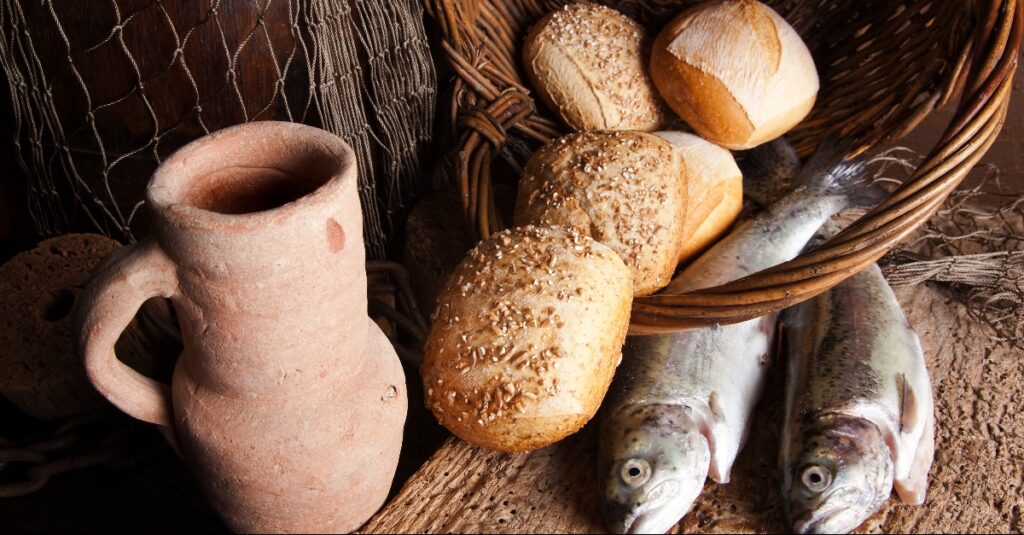
 Buy me a Coffee
Buy me a Coffee
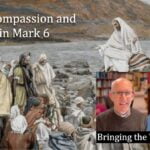
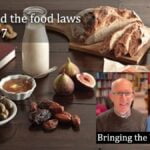

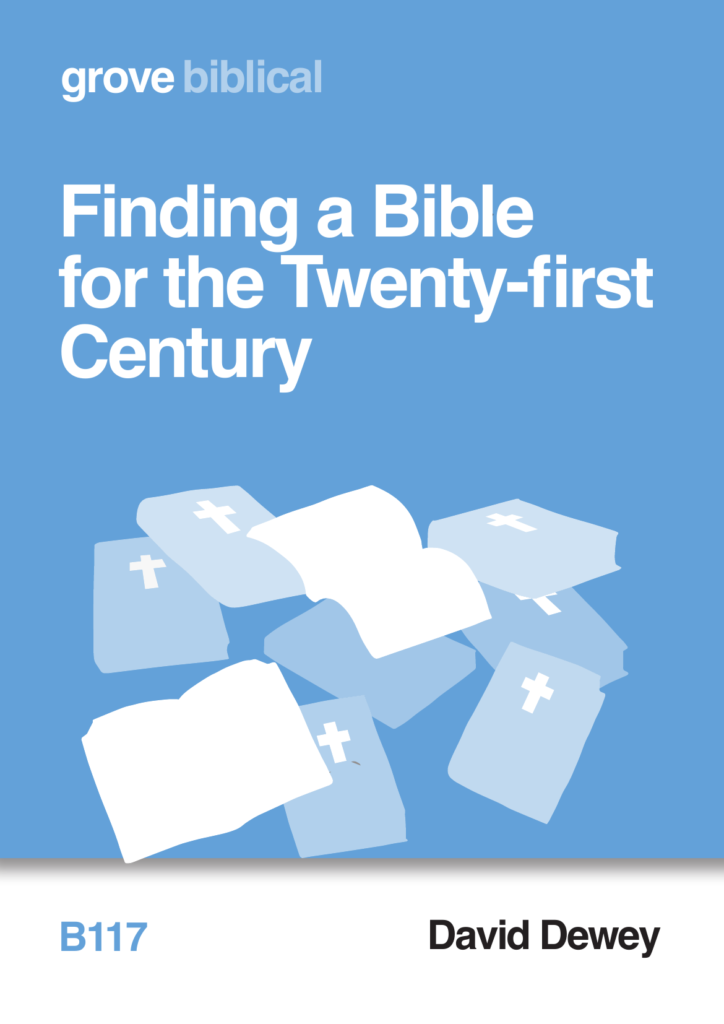




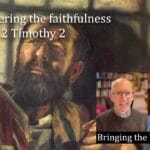



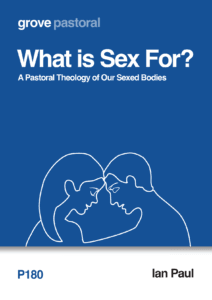
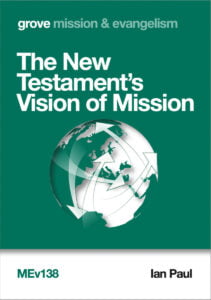
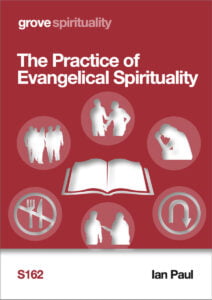
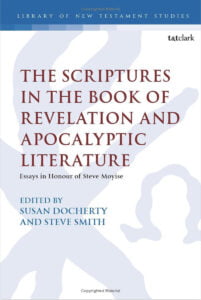
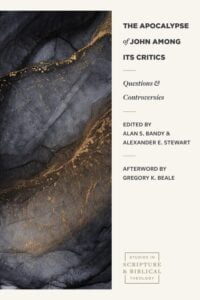
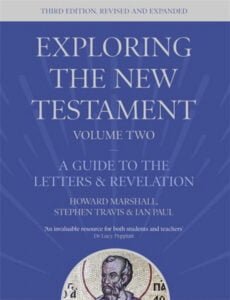
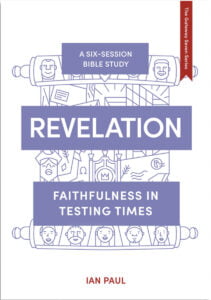
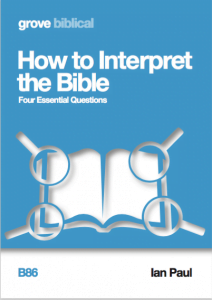
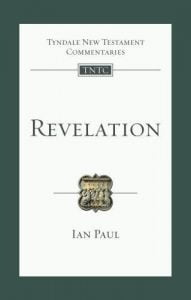
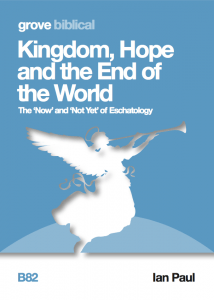
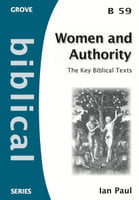
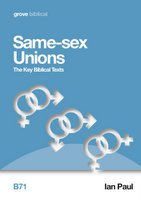

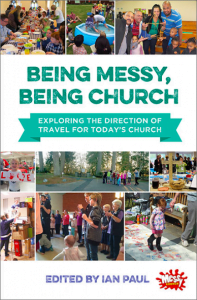
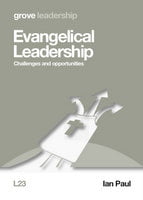
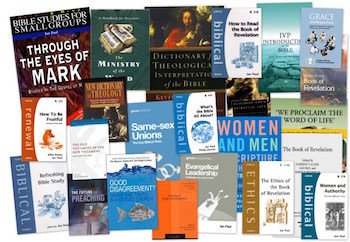
C.S.Lewis made a wonderful comment, almost in passing, in his address subsequently entitled “Fern-serd and Elephants”, when he was casting nasturtiums on the sort of theology which “either denies the miraculous altogether, or, more strangely, swallows the camel of the Resurrection while straining at such gnats as the feeding of the multitudes”!
“Echoes of Moses” might appear to be so.
The feeding of 5000 however bears a strong co-relation to Numbers 11
And the bread that came down from Heaven.
The People grew tired of this “bread” it was not to their taste; however while they fed on the manna the people were exempt from the curse to eat bread produced by the sweat of their brow.
“Who will feed us meat? 5We remember the fish we ate freely in Egypt, along with the cucumbers, melons, leeks, onions, and garlic. 6But now our appetite is gone; there is nothing to see but this manna!”
11 v10 Then Moses heard the people of family after family weeping at the entrances to their tents, and the anger of the LORD was kindled greatly, and Moses was also displeased.
V11 So Moses asked the LORD, “Why have You brought this trouble on Your servant? Why have I not found favor in Your sight, that You have laid upon me the burden of all these people? 12Did I conceive all these people? Did I give them birth, so that You should tell me, ‘Carry them in your bosom, as a nurse carries an infant,’ to the land that You swore to give their fathers?
13Where can I get meat for all these people? For they keep crying out to me, ‘Give us meat to eat!’
14 I cannot carry all these people by myself; it is too burdensome for me.
15 If this is how You are going to treat me, please kill me right now—if I have found favor in Your eyes—and let me not see my own wretchedness.”
God answers his prayer by taking of the Spirit upon him and putting it on 70 elders
Later he says “ I wish that all the LORD’s people were prophets and that the LORD would place His Spirit on them!”
Secondly God says, the LORD will give you meat, and you will eat. 19
You will eat it not for one or two days, nor for five or ten or twenty days,
20but for a whole month—until it comes out of your nostrils and makes you nauseous—because you have rejected the LORD, who is among you, and have cried out before Him.
He “drove in quail from the sea, and brought them near the camp, about two cubits above the surface of the ground for a day’s journey in every direction around the camp.
33But while the meat was still between their teeth, before it was chewed, the anger of the LORD burned against the people, and the LORD struck them with a severe plague.
The will[pleasure] of God is declared by/in His Word ;The Executor of that will is the Holy Spirit dividing it severally to whom He will.
The people were divided about the bread that has come down out of Heaven.
Jesus was not interested in “rice Christians” Nor in performing miracles for them.
For an excellent commentary on the view of Jesus concerning his own “signs”,
I highly recommend reading Karl Beth @
biblehub.com/library/beth/the_miracles_of_jesus/ii_what_jesus_says_of.htm
Which culminates in The Miracle of all Miracles preached by the apostle Paul.
‘The motifs related to Moses now come back with full force; the people recognise Jesus as the ‘prophet that was to come into the world’, echoing the promise of Moses in Deut 18.15.’
– just wondered if there was another ‘prophet like Moses’ after Moses’ time but not Jesus, or is this passage in Deut solely referring to the Messiah. That is, is there a double prophecy involved?
King David, was a prophet. He was also a Shepherd King, as was Moses God’s choice of leader: all were God’s choice.
They were all flawed human beings signalling the need for a flawless prophet, Shepherd King to break the circle, through the incarnation of Jesus. (Also the great High Priest all offices conflated and completed in Jesus as fully man and fully God.)
This link draws out greater detail of King. David as prophet:
https://www.carm.org/other-questions/was-david-a-prophet/
Epanding on a theme of false leaders, based on Ezekiel 34, Andrew Sach drew out God’s remedy and fulfilment by and in Jesus in his Bible session at the Keswick Convention this morning, 1 hour or so, entitled Resurrected Leadership.
Peter, whether called a double prophecy, King David pointed away from himself to someone greater than him, his Lord, who is his son, in his line, his Son who is Greater than him (who is the Messiah). All of scripture coalesces and coheres in Jesus. There is None Greater!
A recent testimony from a minister who had surgery for a brain tumour which has had substantial subsequent and continuing multiple mal effects on his health, spoke about and concurred with the reallity expressed in a tweet from Tim Keller shortly before Keller’s death: you don’t know that Jesus is all you need, until Jesus is all you have.
It’s interesting that my own sermon on John 6 largely agrees with this post (https://youtu.be/XgTHnHm8urk?si=rcynQNrdO_-451Zy)
However, at the outset, I lay more emphasis on the fact that John the Baptist’s execution preceded this event, since the news of JTB’s demise would have saddened several of the apostles, who were former disciples of that prophet.
Christ’s feeding of the 5000 would have brought reassurance of the Saviour’s power to sustain them in the midst of desolation.
Thanks–another interesting connection…
David Shepherd
July 24, 2024 at 8:39 am
“Christ’s feeding of the 5000 would have brought reassurance of the Saviour’s power to sustain them in the midst of desolation.
Reply
Ian Paul
July 24, 2024 at 10:04 am
Thanks–another interesting connection…
The feeding of the 5000 didn’t seem to give the desciples that much reassurance when Jesus walked on the water.
Mark 6 v 52.
Perhaps, but then again in the middle of a life-threatening storm, where experienced fishermen would have known of boats sinking and lives lost on other occasions, a lot of fear would have been generated. Im not sure how much solace remembering a crowd being fed would have brought. So I tend to agree, but because the 2 scenarios are quite different, and so the emotions.
MARK 6:52 For they considered not the miracle of the loaves: for their heart was hardened.
PC1 July 26, 2024 at 12:42 pm
There is no mention of a storm, no mention of emotions.
Mark 6:48 And he saw them toiling in rowing; for the wind was contrary unto them: and about the fourth watch of the night he cometh unto them, walking upon the sea, and would have passed by them.
Come on folks Read the Bible,Simples.
Oops I was thinking of where Jesus calms the storm. Nevertheless one text says Peter became frightened when he saw the wind, so it must have been quite stormy at the time, with strong winds blowing.
Sorry PC1, simply waffle.
In the Gospels, Jesus walks on water in Matthew 14:22-33 and also in Mark 6:45-52 and John 6:16-21.
Peter only became alarmed when he stepped out of the boat.
Jam 1:16
Sorry PC1 – Simply waffle.
In the Gospels, Jesus walks on water in Matthew 14:22-33 and also in Mark 6:45-52 and John 6:16-21
Peter only became alarmed when he stepped out of the boat.